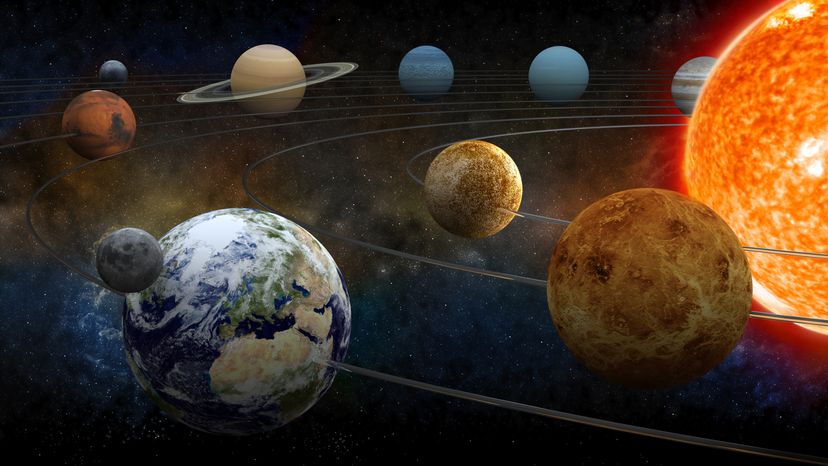
Key Takeaways
- The Planetesimal Hypothesis suggested planets formed from small bits of matter (planetesimals) revolving around the sun, originating from gases pulled out by a near-collision with a passing star.
- This theory was accepted for about 35 years but was later debunked after the discovery that gases pulled from stars would expand and dissipate rather than condense, due to weaker gravitational forces outside the star.
- The Planetesimal Hypothesis is no longer considered a viable explanation for the origin of the solar system.
Planetesimal Hypothesis, a theory of the origin of the solar system. It was proposed by Forrest R. Moulton and Thomas C. Chamberlin about 1900. The theory states that the planets were formed by the accumulation of extremely small bits of matterplanetesimalsthat revolved around the sun. This matter was produced when a passing star almost collided with the sun. During the near-collision, hot gases were pulled out of both stars and the gases then condensed. The planetesimal hypothesis was widely accepted for about 35 years.
The greatest flaw in the theory is the assumption that the material drawn out of the stars would condense. The extremely hot gases that make up a star are held together by the gravitational forces within the star. Once the material was pulled away to where the gravitational forces were weaker, it would expand because of its heat. Before condensation could take place, the gases would have almost entirely dissipated. The planetesimal hypothesis is no longer considered a likely explanation of the origin of the solar system.
Advertisement
Advertisement